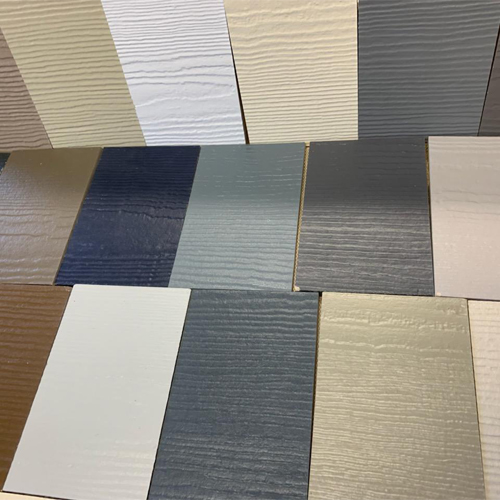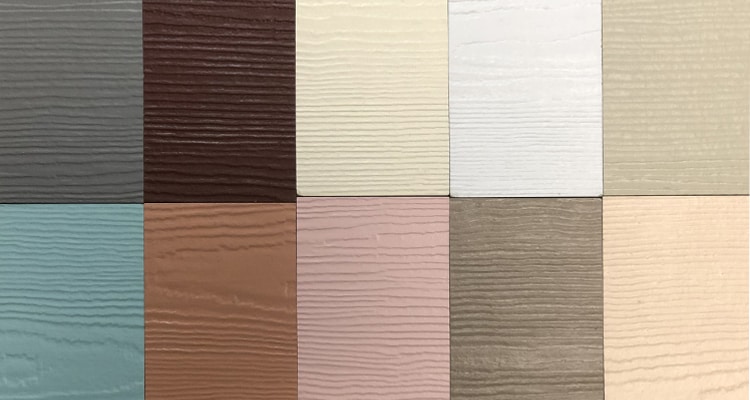What is fiber cement siding?
How good is the condition of your siding? Most types of siding last anywhere from 20 to 40 years, depending on the brand of siding, how it is installed, details about your home and landscape, and of course local weather conditions and the likelihood of damage. If you are a new homeowner and aren’t sure of the age of your siding, you might want to think about getting it replaced. Long-time homeowners may also find themselves in need of siding replacement.
There are several different siding materials to choose from. The most popular are vinyl and fiber cement siding, although cedar wood and aluminum siding are also widely available. Fiber cement siding has several advantages over the others, and can be more cost effective to install and maintain.
Here’s what you need to know about installing fiber cement siding to make an informed decision about your home’s exterior.

What is fiber cement siding?
Fiber cement is actually made up of Portland cement, sand, water, and cellulose fibers. Each brand of the siding is slightly different, as each manufacturer uses their own proprietary fibers and additives. We install James Hardie fiber cement siding, which is one of the most durable and popular brands among both builders and homeowners.
Fiber Cement Siding vs Traditional Siding
Although you can get siding in wood and metal, traditional siding is usually thought of as vinyl siding. There are some differences between these two types of siding, beyond the simple difference of material.
Cost
Hardie siding is only a bit more expensive than vinyl siding, but less expensive than stucco. It can also be more expensive than wood siding, but it has many other advantages that make it worth it.
Maintenance
Both fiber cement and vinyl siding are very low maintenance exteriors, barring damage from storms and the like. Both require only minimal annual maintenance. If you opt for our popular ColorPlus siding, you don’t even have to worry about painting for a minimum of 15 years.
Fiber cement siding should be inspected and caulked at the joints to ensure a sealed moisture barrier. Vinyl siding should be cleaned with a power sprayer and mild detergent to keep it looking new, but there’s no caulking or painting to be done.
Of course, if your siding is damaged from high winds or flying objects, you’ll have to replace at least that section of your siding.
Durability
Both vinyl and fiber cement siding can last for decades, often up to 40 years. But this is assuming proper maintenance and minimal needed repairs. Vinyl siding is much more likely to fail due to common hazards like high winds, fire, or flying debris.
Appearance
Vinyl siding doesn’t look like anything but vinyl. If you want a more natural look to your home, fiber cement siding can be made to look like wood planks, and be painted or stained to any color of your choosing. Vinyl also comes in an array of colors, but you won’t be able to change the color without replacing the siding.

Fiber cement siding advantages
With all of the material options for your home’s exterior, you are probably wondering why you should choose fiber cement over all others. Here are just a few of the main advantages of Hardie brand fiber cement siding.
Ideal for hot, wet climates
Most exterior siding materials are sufficient for colder temperatures to withstand winters. But fiber cement is also ideal for extreme heat. It isn’t susceptible to rot in moist environments, and it isn’t going to warp with the extreme summer heat. It is also noncombustible, which is helpful for containing fires to minimize damage to your home.
Pest resistant
With occasional caulking of joints and minimal care, your fiber cement siding is the perfect pest barrier. Most of the pests that can cause the most damage to your home, such as termites, can’t get in when you have this type of siding. The siding itself is also durable against the presence of pests or insects.
Can mimic other types of exteriors
Fiber cement siding can easily be formed to mimic other types of exteriors so that you can enjoy the benefits of fiber cement with the appearance of stucco, natural stone, brick, or wood planks.
Resists damage from severe weather and other hazards
Fiber cement siding is much more durable than other types of exteriors, primarily because it does not succumb to the same hazards as wood or vinyl siding. High winds aren’t going to be tearing this siding off of your home, and hail won’t be puncturing or breaking it.
Fiber cement siding installation
Installing fiber cement siding is quite different from installing other types of siding. Fiber cement is a much tougher and more fibrous material, which can make it more difficult and hazardous to work with. For example, you’ll need some special tools such as a pneumatic coil siding nail gun, a circular saw, and air compressor, all of which can cost a pretty penny when you’re only using them for a one-time project.
The other problem you’ll run into with fiber cement is safety hazards. Cutting fiber cement creates a huge amount of dust, which contains those fibers and fillers mentioned at the beginning of this post. That means you have to take some additional precautions, including a good face mask, safety goggles, and snug-fitting cut resistant gloves. Of course, this adds to the cost of your siding project.
Installing fiber cement siding is much more complicated than you might think. It is a good idea to hire a professional that already has all of the skills and knowledge to complete the project right the first time. When you hire a professional installer, your Hardie siding has an included warranty. We also warranty our work.
Ready to take the next step in preparing for your new siding installation? Contact us today for more information and to get on our schedule.
